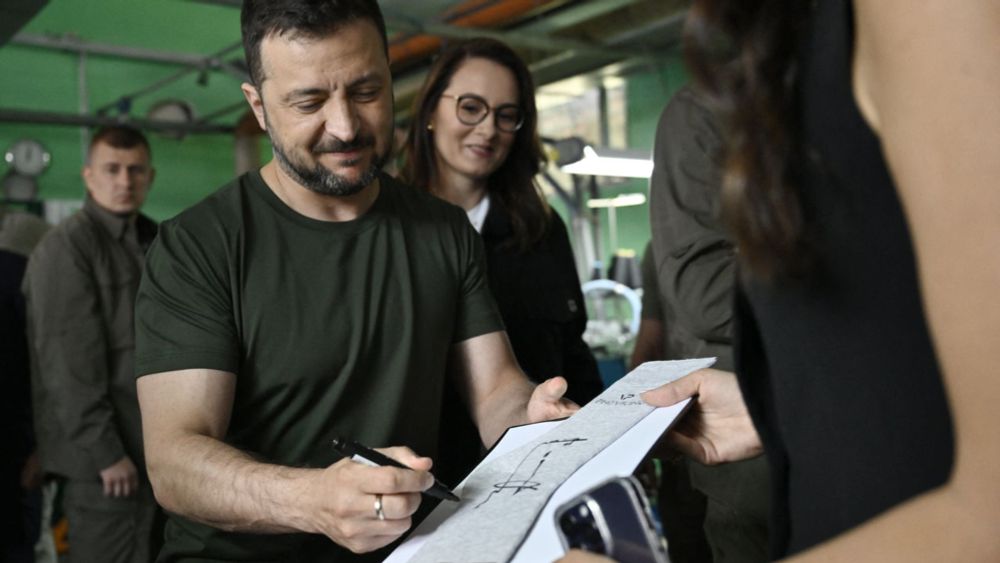Sondre Ulvund Solstad
@sondreus.bsky.social
6.5K followers
12 following
55 posts
@TheEconomist Senior Data Journalist &
@Harvard University @IQSS affiliate
Data/sims/models ➡️ articles++
not v active here, so best email: [email protected]
Posts
Media
Videos
Starter Packs


















